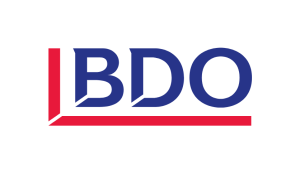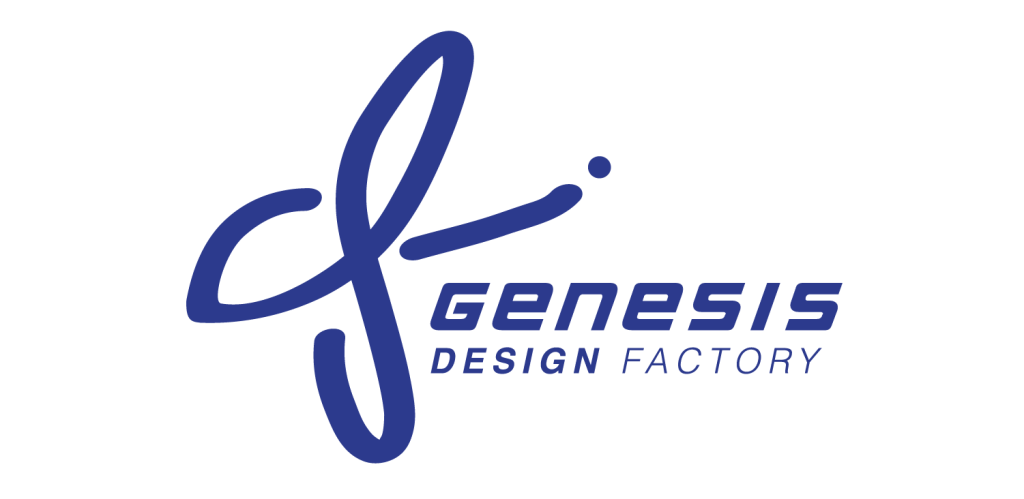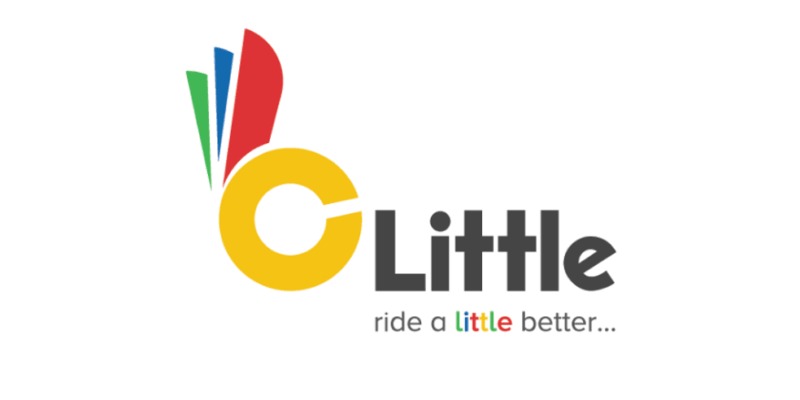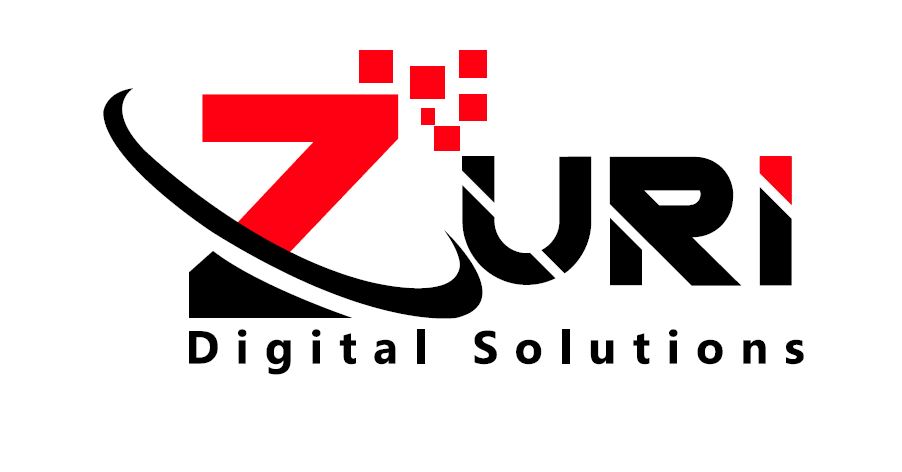AI Analytics for Recognition Programs: Measuring Impact and Tailoring Approaches
More organizations are increasingly recognizing the pivotal role of employee recognition in fostering a positive work environment, enhancing morale, and driving performance.
However, traditional approaches to recognizing employees often need more precision and data-driven insights to make a real impact. That is where artificial intelligence (AI) and recognition programs come into play.
The integration of AI introduces a new level of precision. This precision allows organizations to quantify the impact of their recognition efforts and empowers them to tailor their approaches based on concrete insights.
Explore the article below as it delves into the impact of recognition programs and how AI analytics provide the tools to turn data into actionable insights. In addition, it shows how to tailor approaches with AI insights.
The role of AI in recognition programs
Employee recognition programs are important for fostering a positive company culture. Employers integrate the programs with dedicated software to streamline the process so employees receive well-deserved recognition and appreciation. AI improves it significantly.
The merging of AI and employee recognition software enables more effective solutions for HR personnel. For starters, AI unravels the complexity of data. A company’s data can be vast and complex, even for small institutions. It can make it challenging for leaders and managers to extract meaningful information.
AI, on the other hand, uses advanced algorithms to process and make sense of information quickly. It can, therefore, help organizations discover elusive patterns and trends.
Not only that, but AI systems identify intricate patterns that are more likely to go unnoticed. With this data, it becomes easy for AI to predict future trends with remarkable accuracy. AI models can analyze historical data and make predictions to help organizations plan and strategize.
AI offers rapid data analysis, enabling recognition programs to operate in real-time. As the data comes in, the algorithms instantly note milestones, contributions, and achievements, allowing managers and leaders access to real-time insights. Access greatly contributes to instant gratification.
Similarly, because AI can recognize patterns in employee behavior and preferences, the systems can recommend personalized rewards, ensuring each gesture resonates with the individual employee.
It is also worth mentioning that AI adds to recognition programs by generating insights from data that might otherwise go untapped. Managers can use this kind of information to design effective recognition initiatives. For example, AI can identify which types of recognition lead to higher productivity or improved employee retention, thus helping managers formulate well-informed strategies.
AI-powered recognition programs can provide employees with continuous updates on their progress, contributions, and the impact of their work—in short, transparency. Transparency can boost morale and keep employees engaged and aligned with organizational goals.
Measuring Impact Using AI Analytics
The usual methods of measuring the impact of recognition efforts may sometimes lack accuracy and depth, which are only possible through data-driven insights.
AI analytics are, therefore, a game changer that provides employers and HR personnel with the means to extensively measure impact. With this information, they can make informed decisions when altering or developing approaches for employees.
Data collection and integration
AI analytics in recognition programs starts with data collection. The data may include employee feedback, performance metrics, survey responses, and analysis from shared communication platforms. AI’s ability to incorporate and synthesize data from diverse sources provides a comprehensive view of employee relations, sentiments, and mannerisms.
Deep dive into insights
AI’s real power lies in unveiling insights that might otherwise remain hidden in extensive data. AI algorithms identify patterns, trends, and correlations, highlighting the impact of recognition programs.
AI analytics can provide an in-depth understanding of how recognition affects employee engagement or track its influence on key performance indicators with a precision that traditional methods struggle to achieve.
Measurable Metrics
Quantifying the impact of recognition programs is challenging. However, AI analytics enable HR personnel and employers to focus on measurable metrics that show actual changes. The metrics could range from increased productivity and improved job satisfaction to better retention rates and enhanced teamwork. AI’s analytical capabilities ensure that metrics are not just numbers but indicative of organizational improvements.
Predictive Analysis
AI analytics can also predict the potential impact of future recognition efforts. AI models can predict the potential outcomes of different recognition strategies by analyzing past data and identifying patterns. The predictive capability helps managers and employers make informed decisions about where to shift resources for the most impact.
Tailoring approaches with AI insights
Managers and employees should always remember that personalization goes a long way regarding employee engagement. AI-generated insights can shape and tailor recognition approaches, creating an environment of appreciation that resonates deeply with each employee.
The need for customization
Managers must recognize employees’ unique qualities to foster an effective culture of appreciation. However, the customization process can be daunting for every single individual.
So, HR should consider using AI’s capability to interpret and analyze data to understand individual employee behaviors, motivations, and preferences.
AI recognizes patterns in employee performance, preferred communication channels, interaction with peers, and others.
Analyzing these patterns allows AI systems to generate insights into what types of recognition would be most effective for every employee. For example, some employees would respond well to luncheons in their honor, while others would prefer paid solo day trips.
Adapting to Employee Preferences
Integrating AI analytics can also help recognition programs adapt to changing employee preferences. Employees’ mannerisms and motivations can evolve as they scale up and grow their careers and personal lives.
AI can identify these changes quickly and suggest adjustments to the recognition strategies. Therefore, organizations can always maintain relevant and impactful recognition efforts.
Enabling Meaningful Connection
It is also worth noting that AI’s ability to analyze communication patterns provides insight into the channels, languages, and gestures that employees prefer most.
So, organizations can craft messages and gestures that feel authentic, personal, and thoughtful. It goes a long way toward strengthening the emotional connection between employees and recognition experiences. This kind of recognition carries the most weight.
AI Analytics: Taking Recognition Programs To The Next Level
The traditional notion of recognition is a data-driven, personalized, and impactful strategy, thanks to AI. Merging AI and recognition programs is a strategic need for organizations.
It helps companies redefine how they value their workforce, measure the impact of their efforts, and tailor their approaches for maximum resonance.
AI’s ability to process data, reveal patterns, and generate insights makes recognition programs agile, responsive, customized, and thus more effective. Organizations embracing AI analytics’ potential will be at the forefront of creating workplaces that inspire, engage, and thrive long-term.

























